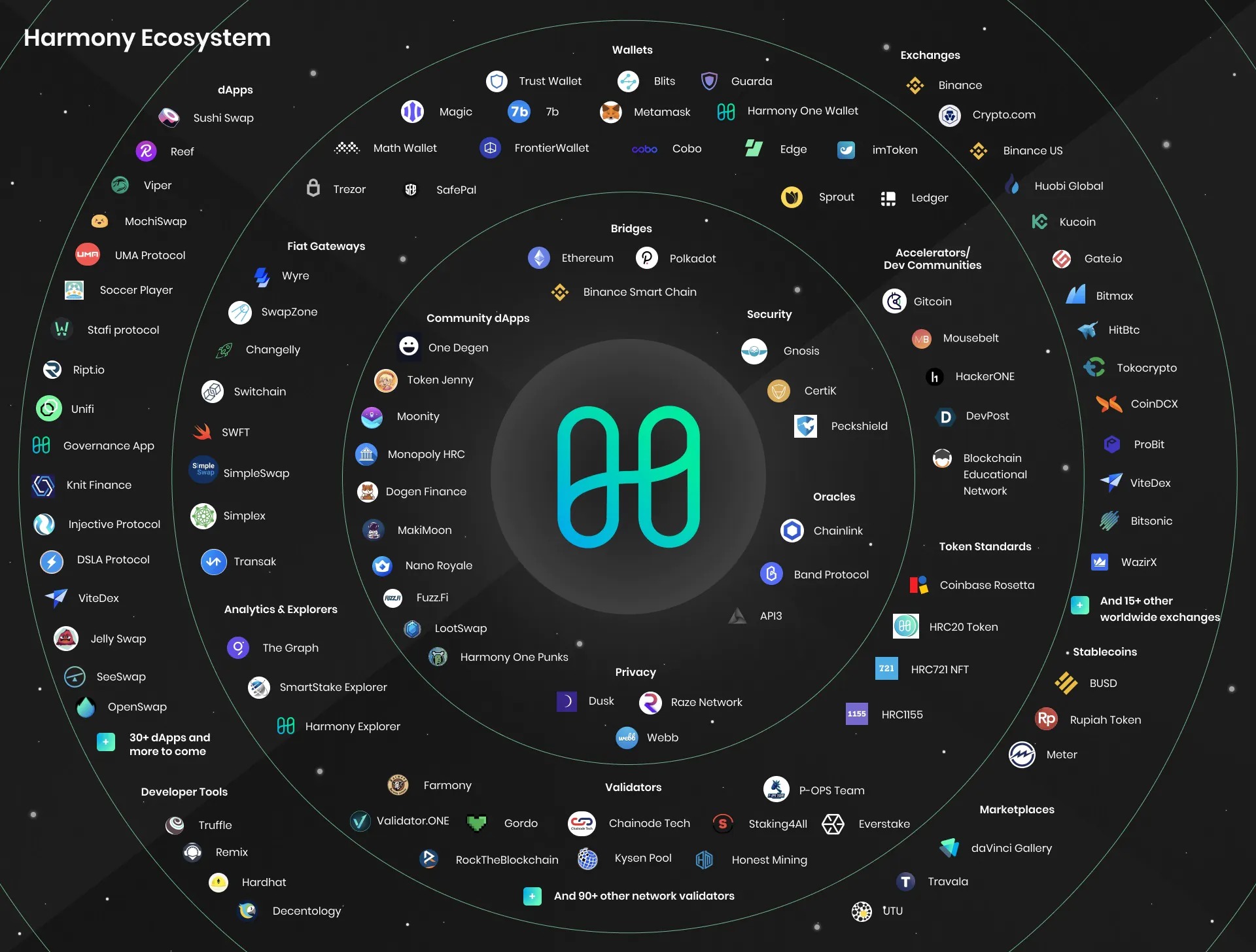Cryptocurrency enthusiasts and experts have long been aware of Bitcoin’s scalability issues. As the world’s first and most popular cryptocurrency, Bitcoin has achieved remarkable success, but its limited transaction throughput has been a persistent bottleneck. In this article, we will explore how Harmony Protocol, in harmony with cutting-edge solutions is addressing this challenge by introducing sharding—a concept that has the potential to revolutionize blockchain scalability. Do you want to trade Bitcoin but have no prior experience? Visit now to learn how to execute winning deals quickly.
Understanding Bitcoin’s Scalability Issues
Bitcoin’s Transaction Throughput Limitations
Bitcoin’s architecture was designed to prioritize security and decentralization over scalability. As a result, it can handle only a limited number of transactions per second (TPS), currently hovering around 7 TPS. This low throughput has led to slow confirmation times and high transaction fees during periods of high demand.
The Blockchain Trilemma
Bitcoin faces the blockchain trilemma—a trade-off between scalability, security, and decentralization. Improving one of these aspects often comes at the expense of the others. Achieving scalability without compromising security and decentralization is a formidable challenge.

Previous Scalability Solutions
Over the years, several proposals and implementations have attempted to enhance Bitcoin’s scalability. Segregated Witness (SegWit) and the Lightning Network are notable examples. While these solutions have brought some relief, they have not fully addressed Bitcoin’s scalability problem.
Harmony Protocol: A Sharding Solution
What is the Harmony Protocol?
Harmony Protocol is a blockchain platform designed to provide high-throughput and low-latency transactions while maintaining decentralization and security. It achieves this through a unique approach—sharding.

Sharding Explained
Sharding involves breaking the blockchain into smaller, more manageable pieces called “shards.” Each shard operates independently, processing a subset of the network’s transactions. This parallel processing significantly increases the network’s capacity, allowing for more transactions to be processed simultaneously.
How Harmony Protocol Implements Sharding
Harmony Protocol employs a secure and efficient consensus mechanism known as “Effective Proof-of-Stake” (EPoS) and combines it with sharding to achieve its scalability goals. EPoS ensures network security while sharding improves transaction throughput.
Benefits of Sharding
The primary benefit of sharding is scalability. By processing transactions in parallel across multiple shards, Harmony Protocol can achieve thousands of transactions per second. This increase in throughput not only reduces transaction fees but also enhances the user experience, making blockchain technology more accessible to a wider audience.
Comparing Harmony Protocol to Other Scalability Solutions
Harmony vs. Bitcoin’s Lightning Network
While both Harmony and the Lightning Network aim to improve scalability, they do so in different ways. Harmony’s sharding approach increases the base layer’s capacity, while the Lightning Network relies on off-chain channels. Each has its advantages and limitations.
Harmony vs. Ethereum 2.0
Ethereum 2.0 is another blockchain project addressing scalability through sharding. However, Ethereum’s transition from a Proof-of-Work (PoW) to a Proof-of-Stake (PoS) consensus mechanism complicates the comparison. Harmony’s EPoS system provides unique advantages in terms of security and scalability.
Performance Metrics and Transaction Speeds
Quantitative analysis is essential when comparing scalability solutions. Harmony’s transaction speeds and confirmation times should be benchmarked against Bitcoin, Ethereum, and other competing platforms to assess its scalability claims.
Security and Decentralization Aspects Compared
Sharding inherently raises questions about security and decentralization. How does Harmony Protocol maintain these critical aspects while increasing scalability? A thorough examination is necessary.
Real-world Applications of a Scalable Harmony Protocol
DApps and DeFi on Harmony
Scalability is particularly crucial for decentralized applications (DApps) and the booming decentralized finance (DeFi) sector. We will explore how Harmony Protocol’s scalability benefits these applications.
Cross-chain Compatibility and Interoperability
Harmony Protocol’s sharding approach can potentially improve cross-chain compatibility and interoperability. This section will delve into its role in bridging different blockchains.
Smart Contracts and Their Impact on Scalability
The role of smart contracts in blockchain scalability will be discussed, along with how Harmony Protocol handles them within its sharded framework.
Case Studies
We will examine real-world projects that have migrated to Harmony Protocol or have integrated with it to harness its scalability advantages.
Challenges and Concerns
Potential Drawbacks and Risks of Sharding
No technology is without its challenges. We will explore potential drawbacks and risks associated with sharding, including concerns related to data synchronization and network security.
Network Security and Consensus Mechanisms
An in-depth analysis of how Harmony Protocol ensures network security and maintains the integrity of its consensus mechanism will be conducted.
Regulatory Considerations
Regulatory challenges and how they might affect Harmony Protocol’s scalability goals will be discussed.
Community Sentiment and Adoption Challenges
The role of the community and the challenges Harmony Protocol might face in gaining wider adoption will be explored.
The Future of Scalability: Harmony Protocol’s Role
Predictions for the Evolution of Blockchain Scalability
Expert insights and predictions for the future of blockchain scalability and where Harmony Protocol fits into this landscape.
Harmony Protocol’s Roadmap and Future Developments
A look at Harmony Protocol’s future development plans and how they contribute to improving blockchain scalability.
Collaborations and Partnerships
Exploring collaborations and partnerships that are shaping the blockchain ecosystem and how they influence Harmony Protocol’s growth.
The Role of Harmony Protocol in the Broader Crypto Landscape
Discussing Harmony Protocol’s position and significance in the broader cryptocurrency ecosystem.
Conclusion
In conclusion, Harmony Protocol’s innovative sharding approach offers a promising solution to Bitcoin’s scalability challenges. While Bitcoin remains a pioneer in the cryptocurrency space, its limited transaction throughput has hindered mass adoption. Harmony’s sharding technology, coupled with its robust security measures, provides a compelling path forward. As the cryptocurrency landscape continues to evolve, scalability solutions like Harmony Protocol are crucial in unlocking the full potential of blockchain technology, making it more accessible and efficient for users and developers alike. This synergy between Bitcoin and Harmony Protocol underscores the dynamic nature of the crypto industry, where innovation is the driving force towards a more scalable and decentralized future.
